Just when you thought you’d seen everything that you could do with a camera and a flashlight, photographer Eric Paré shares something new. Here, he shows us how to light paint with a tube light for amazing long exposures:
You might be wondering, “What’s new about light painting? Isn’t that something that we’ve seen already?” Well, check out these images to decide for yourself.
Impressed? Here’s how it’s done.
Tube Light Painting Materials
You can easily make the tube light using a plastic tube and a flashlight. Plastic tubes can be easily procured at your local hardware store for a few bucks.
If you can’t find a ready-made plastic tube, you can roll your own using paper, acetate, or laminating film.
Once you’re done rolling your tube, put a flashlight inside it.
You’ll also need a camera and lens, a tripod, and a pair of radio transceivers (triggers).
How to Light Paint with a Tube Light
Set your camera to bulb mode to keep the shutter open for as long as you need the exposure to be.
Set your camera on a tripod and start making a long exposure picture of the light trace. Ask your model to be perfectly still to avoid any image blur.
You can experiment with different lights, use different props like a feather, and of course, experiment with the flow of the light trace to make things more interesting. All the while, make sure that you’re perfectly aligned behind the model so that you don’t get captured in the frame.
Paré suggests that you keep your arm straight while moving the tube light. Fix a point just behind the model’s back and rotate the light around it. To avoid overlapping, start and stop behind one leg of the model.
Camera Settings
Set your exposure based on the background first. After this, adjust the power level of the flashlight to match the overall exposure. Paré usually starts at around sunset, and his camera settings are ISO 50, f/14, 1 second, and 2400 lumens. He admits that he has also shot with ISO 3200, f/1.4, 6 seconds, and 20 lumens, capturing the Milky Way in the background.
Give this a try and show us your shots!
Like This Article?
Don't Miss The Next One!
Join over 100,000 photographers of all experience levels who receive our free photography tips and articles to stay current:
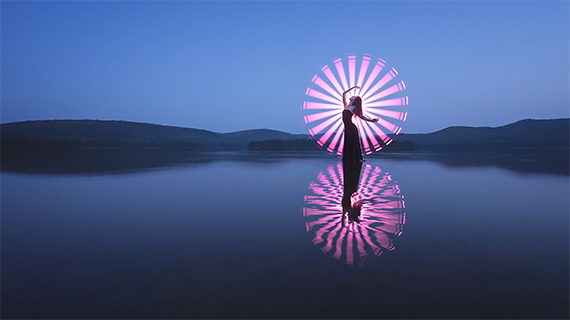
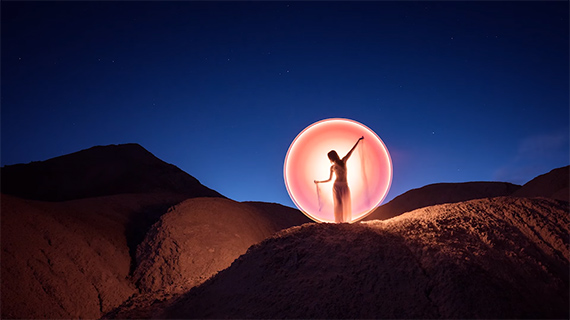
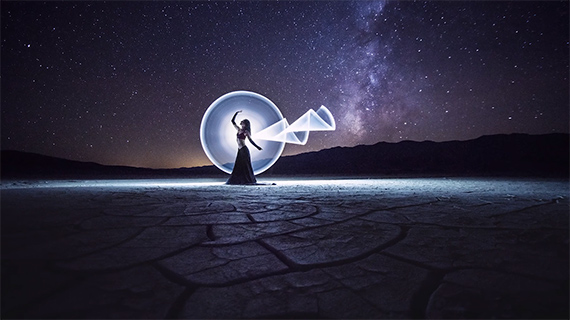
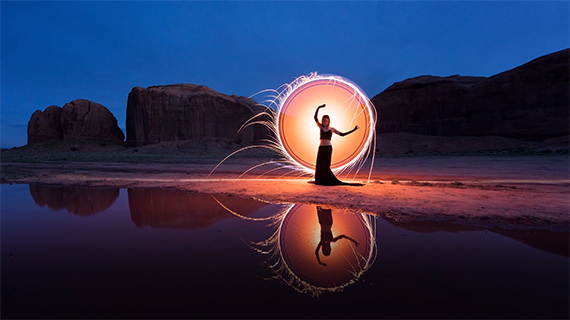
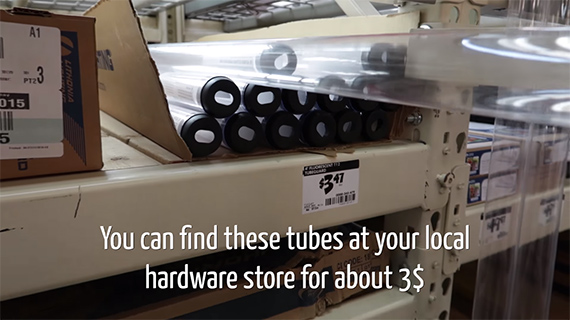
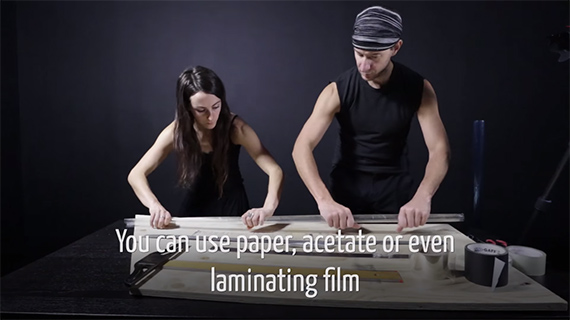
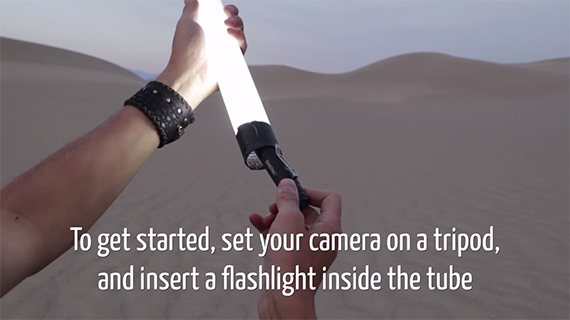
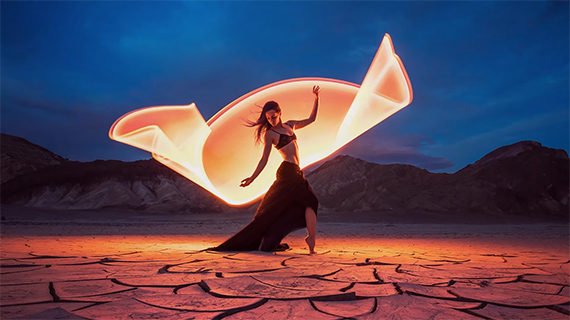
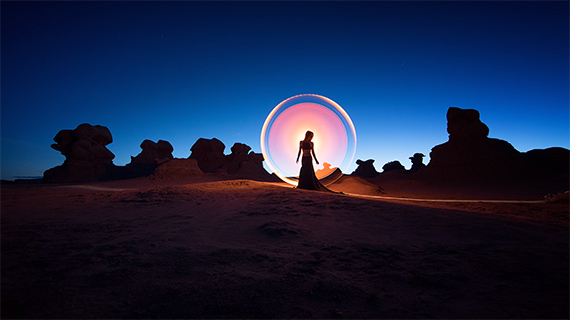






Can u do the same with any kind of photo camera, except canons?